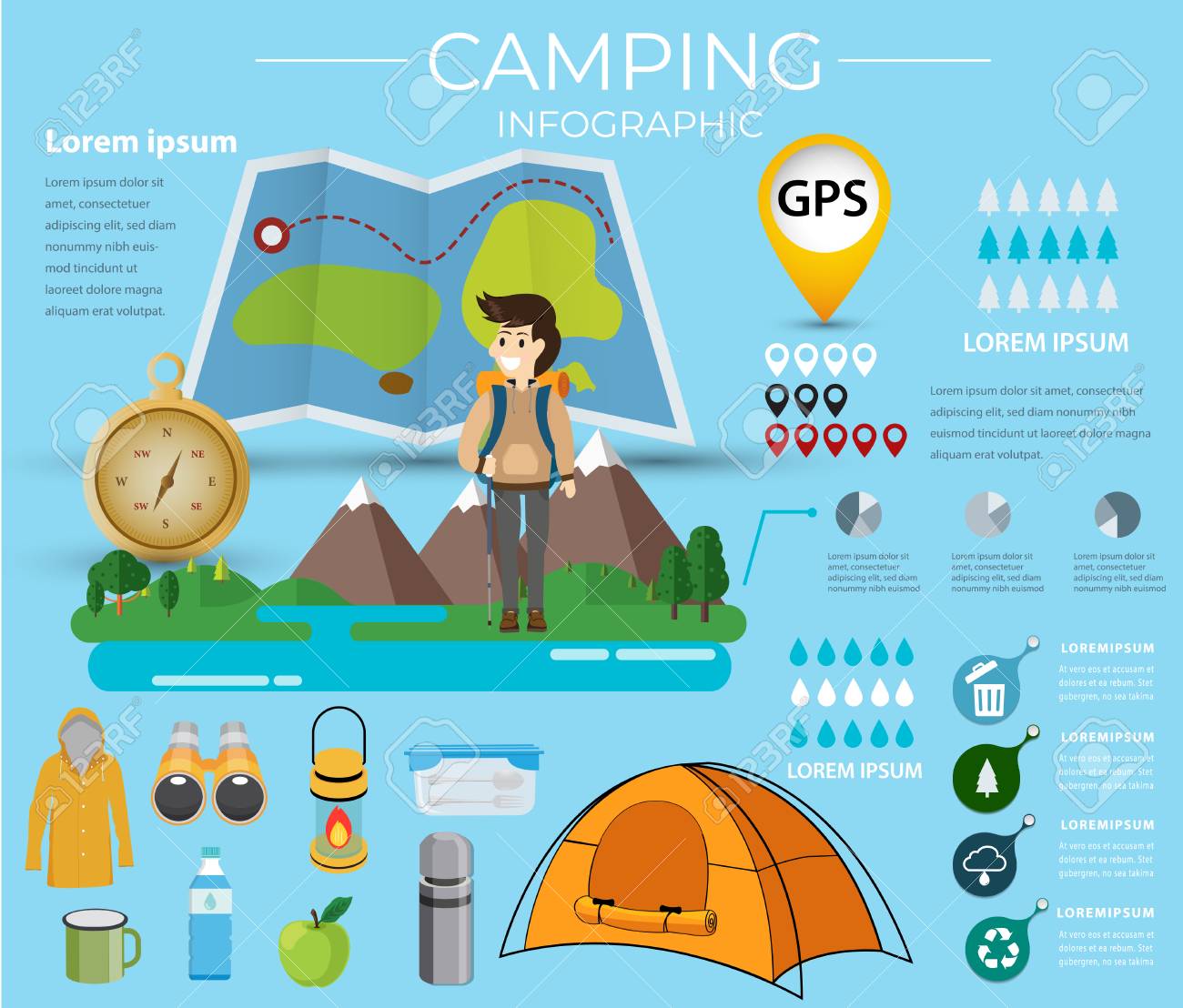Setting up your camping tent can be a difficult job for also skilled campers. This overview will certainly cover the basics of pitching a tent effectively and securely so you can appreciate your camping trip without anxiety or fear.
How do I protect my tent from rain?
Begin by outlining your tent's impact and ground sheet to safeguard your tent floor from rocks, sticks, dirt, and other debris. Next off, assemble the camping tent posts and fasten them to the edges of the tent body utilizing the suitable sleeve or hook.
Picking the Right Site
When you are tired after a lengthy day hiking, you wish to pitch your outdoor tents and get ready to rest. Yet you should first stroll around the site to ensure it is secure for camping. Overlook and approximately find out whether any type of trees have huge dead branches that can fall on your tent. These are often called widowmakers and you do not desire them to drop on you while you're resting.
Likewise be sure to stay clear of reduced spots that can flooding during a tornado and to camp away from animal routes, nests and habitats where ticks and chiggers are most likely to thrive. Search for a flat, rock-free place that allows enough for your outdoor tents and any other gear you'll be bringing.
Some people like to set their outdoors tents up so the head end is sharp toward the east to catch the sunlight's warming rays first thing in the early morning. This isn't constantly essential, but it is a nice touch that can help wake you up.
Pitching Tips
It may appear apparent, yet proper camping tent throwing is among the most vital factors in a good night's rest. Having a practice run at home will certainly help you acquaint yourself with your outdoor tents, discover all the pole sleeves and bolts, and make sure every little thing remains in location. It's likewise a good time to practice utilizing guylines for security and to find any damaged pieces.
When you come to your outdoor camping website, analyze the terrain to see if it's suitable for your tent. A good rule of thumb is to pitch the outdoor tents on a level, level area with a mild downhill angle. This will certainly permit rain to drain away from the tent instead of pooling before it.
If you can't find a level location, think about placing a tarpaulin or various other groundsheet under your outdoor tents footprint to protect it from dampness. This can additionally assist maintain dirt out of the outdoor tents.
Utilizing Guylines Efficiently
Making use of individual lines successfully is important to making certain your camping tent or hammock stays safe in high winds and various other negative climate condition. A person line is tent manufacturers usa a rope or cable that attaches to the ground via loopholes and D-rings in the structure, tarpaulin, or rainfly.
Begin by securing one end of the line to a guyout loop on your camping tent or rain fly, or to the post it's connected to. After that loop the various other end of the line over a stake placed well away from the structure and tighten it.
Maintaining your shelter's guy lines tight will certainly stop sagging or drooping during gusty conditions, protecting against wetness from leaking right into the tent or damages to the structure and boosting comfort and safety and security throughout outdoor camping. Always inspect the tension of your individual lines throughout and after unfavorable weather to guarantee they stay protected. Additionally, consider loading a guy line tensioner to quickly adjust and keep the proper quantity of tension in your lines.
Removing the Tent
When resolving right into your campsite, locate a spot with a level area and clear it of rocks and debris. Additionally, make sure to lay down an outdoor tents impact or tarp a little smaller than your camping tent body to prevent water merging. This helps maintain your tent completely dry from rainfall or condensation and can be particularly practical in windy locations.
Analyze your gear, including the outdoor tents things sacks to ensure absolutely nothing is missing. Examine that the posts fit into their clips and restock first-aid products if needed.
When it's time to pitch your camping tent, begin by orienting the doors downwind, and stake down each edge of the tent. If the ground is loose or sandy, take into consideration spreading out a tarpaulin under your tent to shield it from wind and decrease the likelihood of your camping tent tipping over. Also, be sure to make use of guylines efficiently to tie down your rainfly and keep it taut. A well-pitched camping tent can stop dripping, condensation, and sunlight damages.
What are the 10 essentials for camping?
